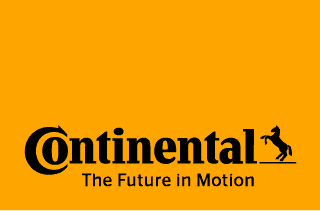Driving into the Future:
Automotive Instrument Clusters
Welcome to the fascinating world of cutting-edge instrument clusters that are primed to innovate vehicle interiors. Get ready for an exciting journey into the future of driving!
The Digitalization in Vehicle Interiors
In this era of digitalization, vehicle displays have undergone a remarkable transformation. Instrument clusters have evolved into a key differentiator in modern vehicle interiors, serving as the primary interface for driver-vehicle interaction. With technology advancing and user demands changing, interior cockpit designs are undergoing a radical shift.
Empowering Drivers with Information
At the heart of this transformation are instrument clusters, designed to provide drivers with precise and relevant information at any given moment. Imagine a fatigued driver effortlessly accessing critical data without any distraction. Modern instrument clusters achieve this through sophisticated Human-Machine Interface (HMI) concepts.
Safety-Inspired Design
Features
- Large portfolio of display sizes and technologies, including optical bonding, free-form and 3D displays
- Full digital instrument cluster or a hybrid including analog tubes
- Freely configurable telltales integrated in TFT display or as discrete LEDs (up to ASIL B)
- Alternatively with embedded graphics controller or driven by an external high performance domain controller
- Embedded Linux or Integrity based, modular architecture
- Powerful graphics controller with automotive HMI framework supporting 3D objects and animations
- All common interfaces supported: CAN, LVDS Input (e.g. for rear-view camera or head-unit), LVDS Output (e.g. for Head-Up Display), digital and analog I/Os, speaker, etc.
Benefits
- Various platforms ensure cost and time optimized development
- Reduction of driver distraction and stress
- Technology can be combined with other HMI functions in order to define an 3D experienced cockpit view
- Unique HMI concept for presentation of diverse vehicle functions
- Customer specific instrument cluster applications
- Scope of services from changes of printed dial up to complete new designs
Digital Cluster
Discover the future of driving with digital clusters, the cutting-edge interface that empowers drivers. Sleek displays deliver precise real-time information, elevating safety and style on the road.
Hybrid Cluster
Experience driving like never before with hybrid clusters – seamless 3D Black Panel surface, blending analog and digital seamlessly. Enjoy dynamic pointer interaction and optimize display space for a futuristic dashboard experience.
3D Cluster
Embark on an immersive driving journey with 3D cluster displays! Experience captivating depth and reduced eye fatigue with Continental’s innovative 3D solution, powered by Silicon Valley Startup Leia’s Lightfield technology. Enjoy authentic visuals from any angle for a truly futuristic driving experience.
Our Head-Up Displays (HUD) project the essential information directly into the driver’s field of vision without restricting it.
Advanced Cabin Sensing Solutions for safer and more comfortable driving.
Discover how cabin sensing technology is changing the future of mobility and improving safety on the road. Follow us on the next step towards smarter and safer driving.
DIRECT CONTACT
Daniel Jaedicke
Business Development – Interior Electronic Functions

